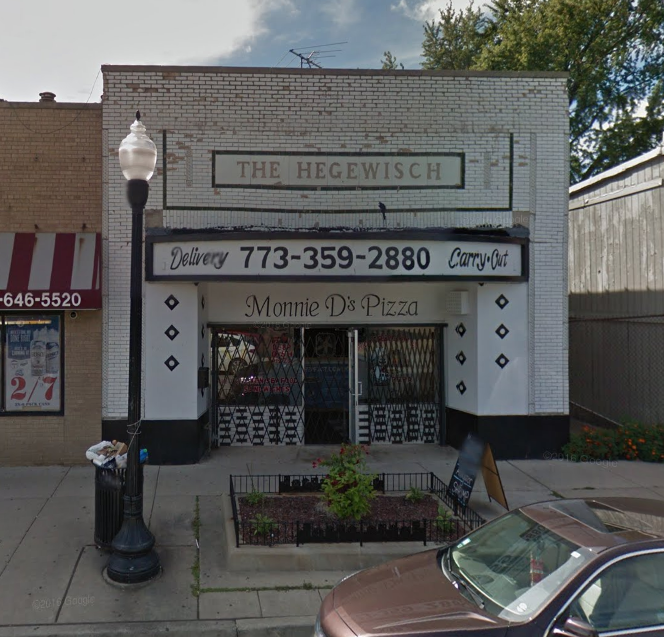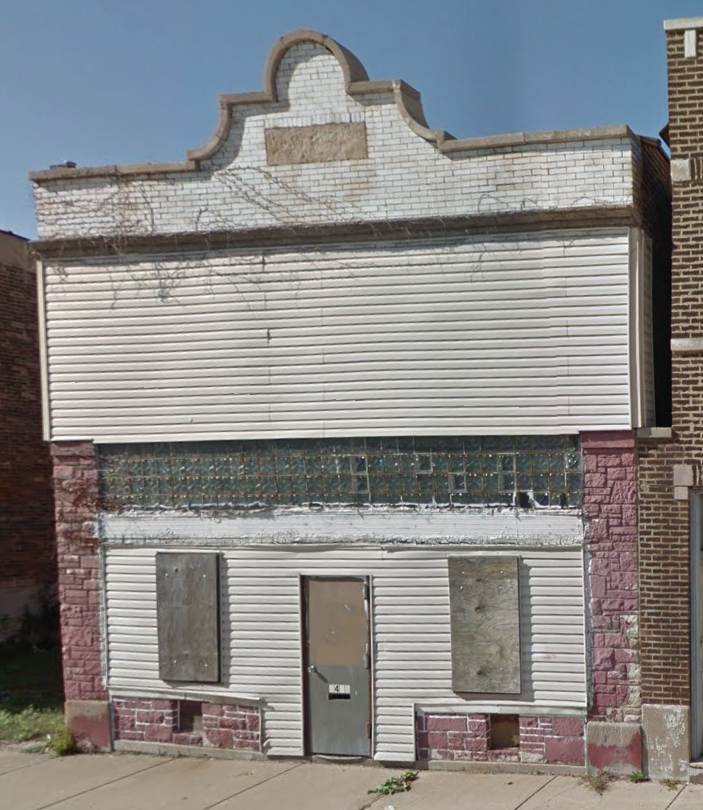The history of film in Chicago is as old as the movie industry; the city was an early home to silent era studios and filming locations. Naturally the city also had a role in development of the movie theater. The film industry was one of the fastest growing forms of entertainment in the early twentieth century. Movie theaters in these early years and throughout most of the twentieth century played a significant cultural role in Chicago. It will be possible to define the history of theaters on the Southeast Side by the first understanding the history of theaters in Chicago.
The movie going experience has gone through many changes as a result of the Great Depression, wars, and advances in technology. To adapt to these changes, theaters over the years served many purposes including social gathering places, entertainment and vaudeville halls, concert venues, and the hosting of performance art productions. Theaters would often host multiple types of entertainment to survive lean economic times. Often live performances of different types would be followed by a featured film. Now gone, many early theaters are now used for different purposes or have been lost to fire or redevelopment.
To capture public needs for entertainment, small theaters developed in communities all over Chicago. Theaters built around the turn of the twentieth century were often smaller in size and in many cases, retrofitted storefronts. These makeshift early theaters were prone to destruction by fire due to film’s volatility. Film is a medium made of celluloid, a flammable material. As a result of fires, theater designs improved over time. As technology advanced projectors got bigger projection rooms became more sophisticated and fireproof. By the 1930’s, those smaller theaters not destroyed by fire were either upgraded for sound or converted back to storefronts.
During the 1920s and 1930s, many larger theaters were built to accommodate larger crowds and featured new advancements in film technologies like sound, better screens and projectors. The largest of these theaters were nicknamed “movie palaces” due to their size and ornate designs. Many newer theaters were able to thrive despite the economic downturn due to the Great Depression, but many of the smaller neighborhood theaters struggled to attract audiences.

During the 1940s, movies were a growing industry. After the war there was a boom in new theaters. By the late 1940s, there were three types of theaters in Chicago, broken down by location, size, and programming. Primarily in downtown Chicago, larger theaters (the “movie palaces”) had the largest seating capacity and were the most ornate in design. They also played the newest movies.

After around eight weeks after their downtown release, movies would then circulate to the larger neighborhood theaters. Many of these larger neighborhood theaters had smaller seating capacity in comparison to their downtown counterparts but they would often rival them in design.

Finally, there were typically older, smaller local neighborhood theaters, sometime known as “opera houses” or “nickelodeons”. These local theaters had a smaller seating capacity and were more simple buildings. Often these theaters were converted storefronts some dated back to the turn of the nineteenth century, these theaters survived the Great Depression and the changes in technology.
With the introduction of television in the late 1940s, theater growth was replaced with a new era of struggle. In 1948, the United States Supreme Court ruled against five major studios and three smaller ones in a Sherman Anti-Trust Act case. The result of this ruling took theater control away from studios. With studios temporarily weakened, this ruling helped lead to the rise of television. The growth of television, through the late 1940s and 1950s lead to many small neighborhood theaters closing their doors. The movie industry responded in the following decades, by offering more films produced in color and developing theater exclusives to add to the viewing experience, like 3D, Cinescope, and many others to follow.
Neighborhood theaters would continue to struggle with the growing popularity of television and the development of malls and cinema multiplexes. By the 1980s, most of the neighborhood theaters closed their doors, although some eventually reopened to serve smaller niche genres. Downtown movie palaces today serve as performance theater venues. Other small neighborhood theaters and larger theaters transitioned programming from movies to different types of performance arts as well.
Theaters in the Southeast Side

Most of the commercial corridors on the Southeast Side have been served by a movie theater. The movie industry was one of the fastest growing forms of entertainment in the early twentieth century. The following local theaters opened and closed during this earliest boom of the silent movie era. By community: in South Chicago, the Bessemer at 9128 Commercial, the Bowen at 3019 92nd, the Calumet at 9204 Commercial, the Krakow at 3044 92nd Street, the Lincoln at 9103 Commercial, the South Chicago at 9223 Commercial, and the Wonderland at 9220 Commercial Avenue; in Bush, the Crown at 8402 Burley, and the Star, 8421 Burley; and in East Side, the Ewing at 10108 South Ewing.
Other Southeast Side community theaters opened during the silent era but were able to retrofit themselves for the early sound era of film. Unfortunately they were not able to compete with large local theaters. Many ended up closing before the 1950’s or soon after which included, by community: in South Chicago, the International at 9233 Commercial and the Joy at 9255 Commercial (also known as Pete’s and the International); in East Side, the Eastside at 10555 Ewing; and in Hegewisch, the Ontario at 13407 Brandon, while the Hegewisch theater at 13320 Baltimore stayed open until 1951 serving the Hegewisch neighborhood.
South Chicago had two of the largest theaters. Commercial Avenue was home to both the Gayety theater (at 9150 Commercial) and the Commercial theater (at 9205 Commercial). The Commercial theater, the larger of the two, opened in 1920 and closed in 1966. The Commercial had a seating capacity of 1,496 people. When it was open, the Commercial played the newest movies in the community and at times also served as a performance art venue. The theater featured a large lit up Art Deco style marquee that spelled out “Commercial”.
The Gayety opened in 1908 and seated 759 people and initially closed in 1957. Later, the theater reopened as Teatro Gayety and featured largely Spanish-language international films. The theater remained open until a 1982 fire and was not rebuilt. The theater marquee hung over the street and spelled out “Gayety” in marquee lights.
Sources:
Schiecke, Konrad. Downtown Chicago’s Historic Movie Theaters. 2012.
Schiecke, Konrad. Historic Movie Theaters in Illinois, 1883-1960. 2006.